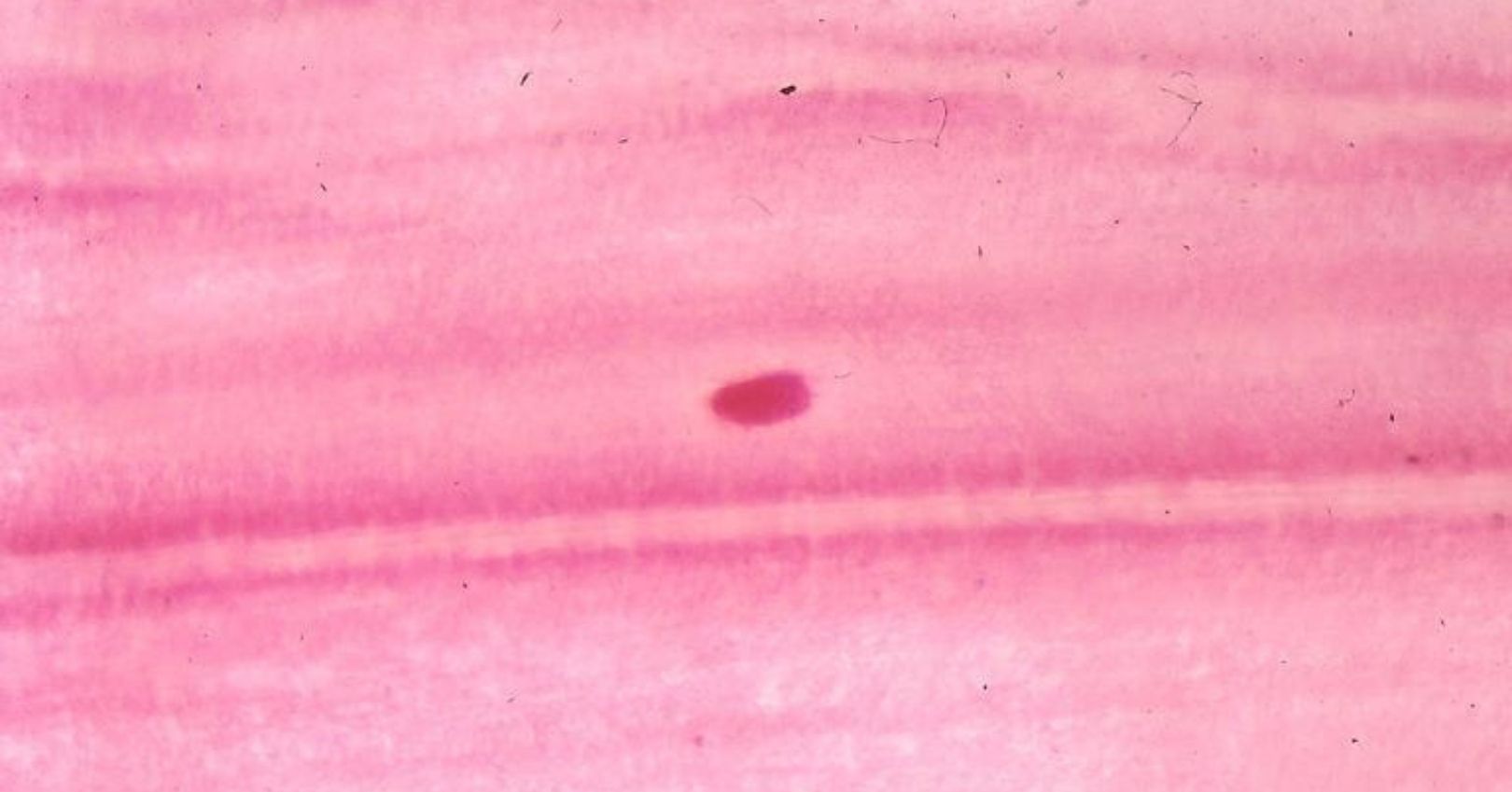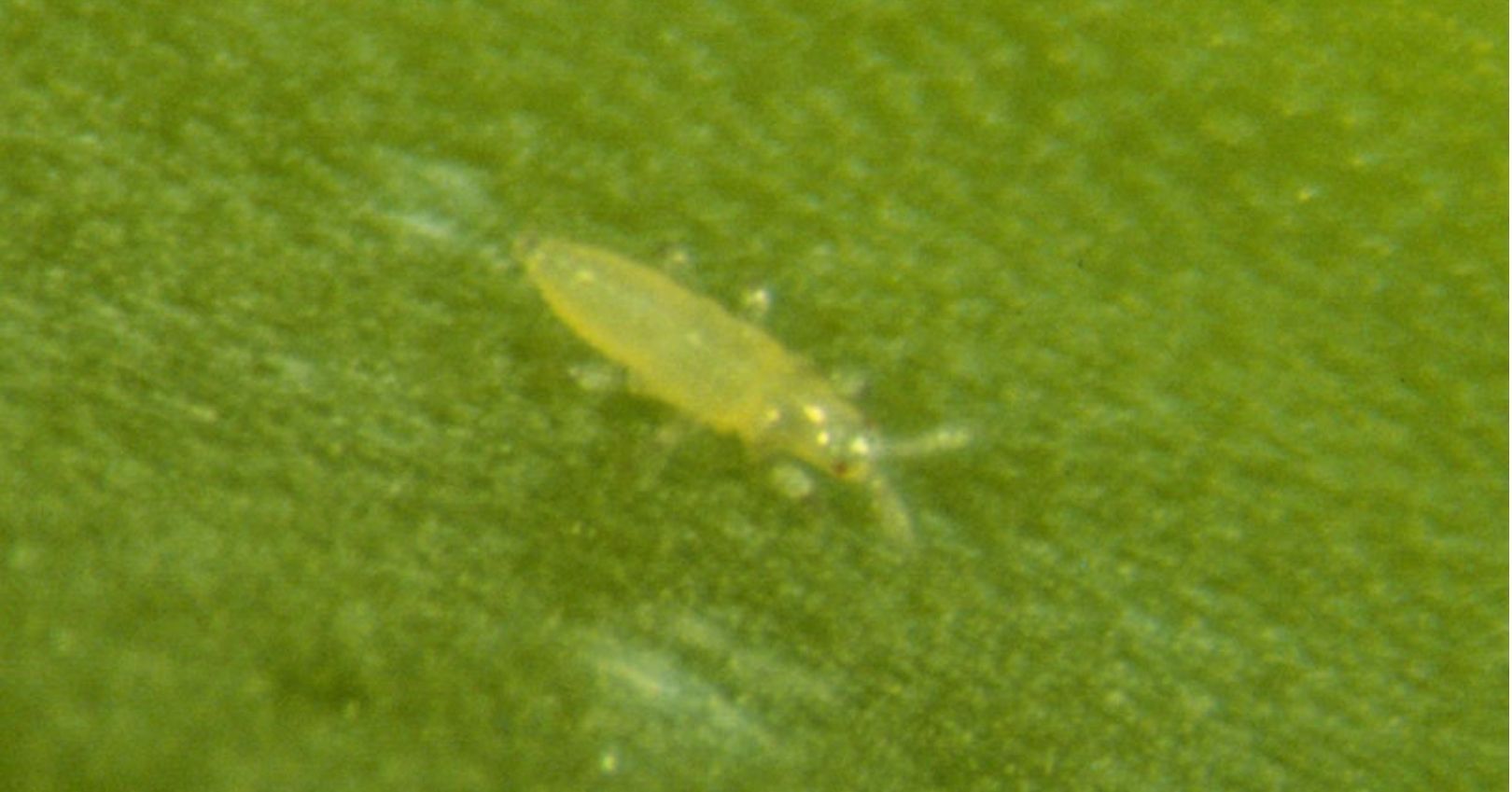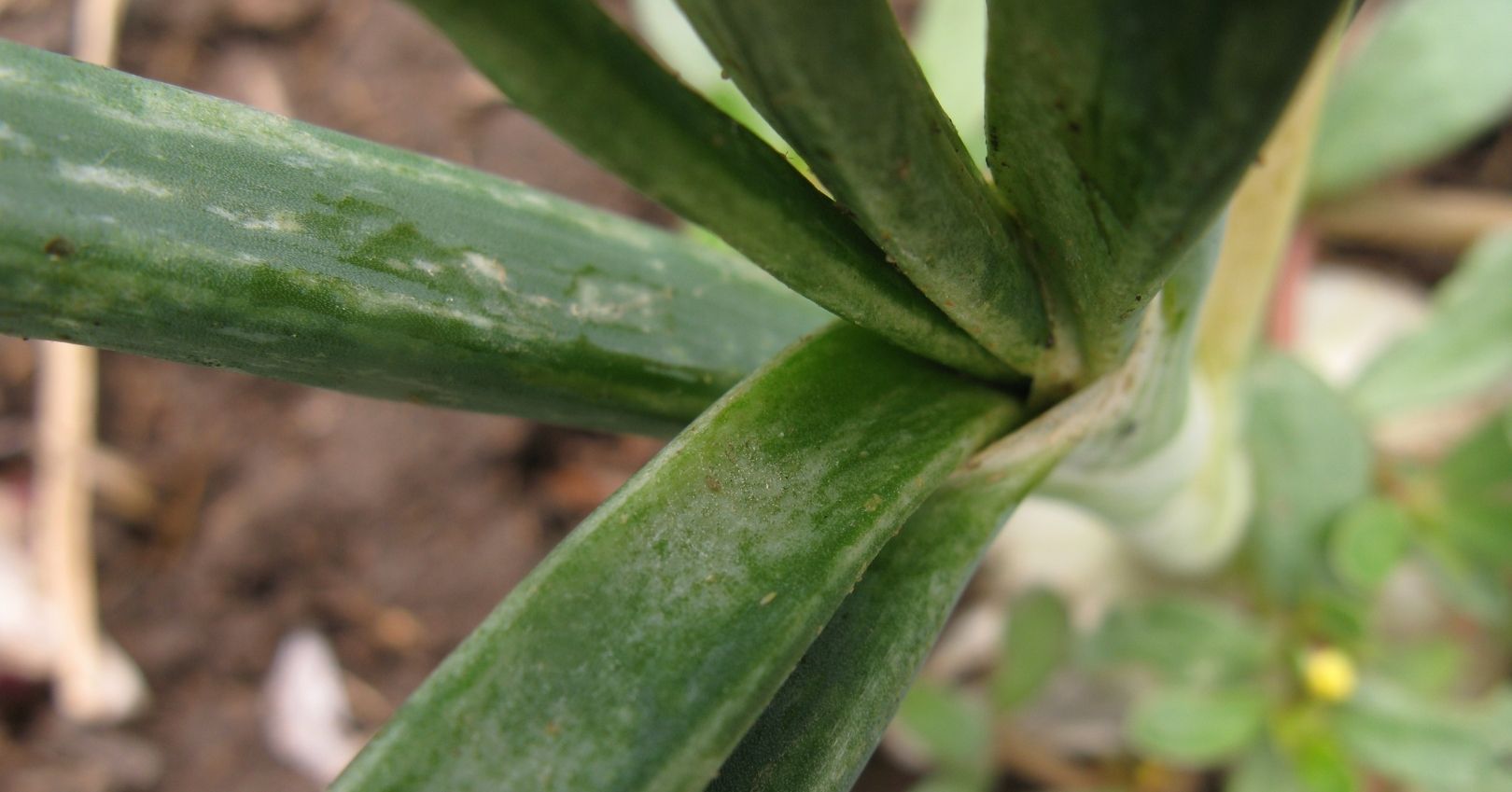Thrips
Onion Thrips




Description
Adult: About 0.06 inch (1.5 mm) long; elongated, yellow and brown body with two pairs of fringed (hairy) wings. Mouthparts are beak-like, eyes are gray, and antennae are 7-segmented.
Larva: Early larvae, instars I and II (0.02-0.04 inch; 0.5-1.0 mm in length), are active feeding stages. Larvae are white to pale yellow, have an elongated and slender body, and resemble adults but without wings. Antennae are short and eyes are dark in color. Early larvae feed on new leaves in the center of the onion neck. Late larvae, instars III and IV (0.04-0.05 inch; 1.0-1.2 mm long), are inactive, nonfeeding stages. They are pale yellow to brown with a stout body. Antennae are bent to the head and wing buds are visible. They are found in the soil, at the base of the onion plant neck, and underneath bulb scales.
Egg: White to yellow; kidney-bean shaped; microscopic in size. Develop within leaf tissue with one end near the leaf surface.
Life History
Onion thrips is the dominant thrips species in onion fields. They overwinter as adults and become active in the spring, dispersing into onion fields. In Utah, females reproduce asexually (parthenogenesis) and insert eggs individually into leaves. Females will lay eggs for about 3 weeks. A complete generation requires 3 to 4 weeks during the summer months, and 5 to 8 generations may occur each year. Thrips populations increase rapidly under hot, arid conditions, leading to economic crop losses.
Damage
Yield reduction, from smaller bulb size, is the primary crop loss caused by onion thrips. Both adult and early stage larval thrips feed within the mesophyll layer of leaves with a punch-and-suck behavior that removes leaf chlorophyll causing white to silver patches and streaks. Thrips prefer to feed on the newly emerged leaves in the center of onion necks. When feeding injury is severe, leaves take on a silvery cast and can wither. Tiny black “tar” spots of excrement are evident on leaves with heavy feeding injury. Damaged plants are prone to water stress, resulting in reduced growth. Onions are most sensitive to thrips injury during the rapid bulb enlargement phase that occurs in July and early August (in northern Utah). Accelerated plant maturity and senescence due to thrips injury may shorten the bulb growth period resulting in reduced bulb size. If thrips are present on stored bulbs, they may continue to feed, causing scars that reduce the quality and aesthetic appearance of bulbs.
Western Flower Thrips
Description
Western flower thrips (WFT) are similar in appearance to onion thrips; however, adult females are slightly longer (0.08 inch or 2.0 mm), more yellow in color, and have 8-segmented antennae, red eyes, and longer setae (hairs) on the segment just behind the head (prothorax).
Life History
WFT reproduce sexually; males and females are common. WFT populations typically increase in the late summer to early fall, especially on plants that have bolted and produced seed.
Damage
WFT injure onion plants similarly to onion thrips; however, their populations are typically 10 to 100 times lower, and so cause much less onion crop damage.
Thrips Management
Cultural
- Remove or destroy volunteer onion plants and debris. Thrips can use these as overwintering hosts from which they can infest newly emerging onion plants.
- Avoid planting onion adjacent to alfalfa fields. Alfalfa harbors overwintering thrips.
- Plant younger fields upwind from older fields to avoid thrips infestation of less mature fields downwind.
- Inspect transplants for thrips infestation and discard infested onions. Thrips from these transplants may be different strains than those that occur in Utah. Introducing different strains may increase insecticide resistance and transmission of iris yellow spot virus and other diseases.
- Fertilize onions with adequate, but not excessive amounts of nitrogen. In Utah, it is recommended that no more than 200 lbs of nitrogen per acre be applied in multiple applications throughout the onion growth period. Moderate, consistent availability of nitrogen has been associated with a healthy onion crop and reduced onion thrips densities.
- Mulch with straw or other materials. Mulch placed on the plant bed may reduce onion thrips populations and improve onion growth. Mulches suppress thrips populations by enhancing predator populations, creating barriers that prevent the resting stage larvae from accessing the soil, and lowering soil temperatures, slowing thrips development and population increase.
- Use trap crops. Plant small strips or patches of an alternate crop (buckwheat, carrot, crucifer, cucurbits, and some flowers, such as phacelia, are highly attractive to onion thrips) within an onion field to attract thrips. These alternate crops can then be disked under or sprayed with an insecticide when thrips populations increase.
- Use overhead sprinkler irrigation. Sprinklers can reduce thrips populations by physically washing thrips from plants and forming a crust on the soil surface, reducing thrips’ ability to seek shelter there.
- Plant onion varieties that are more tolerant to thrips injury. Varieties with tolerance to thrips injury require fewer insecticide applications. Using less insecticide can result in lower control costs, slower development of resistance, and preservation of natural enemies. Onion varieties with an open neck growth and dark, glossy leaves are less attractive to thrips than varieties with tight necks and lighter green leaves. Studies conducted in Colorado showed relative susceptibilities of some onion varieties:
- Highly Tolerant: 'White Keeper'
- Moderately Tolerant: 'El Charro', 'Snow White', 'Vega', 'X201', 'Zapotec'
- Susceptible: 'Blanco Duro', ‘Brown Beauty’, ‘Brown Beauty 20’, ‘Colorado 6’, ‘Sweet Perfection’, ‘Tango’, ‘Valdez’, ‘White Delight’
- Highly Susceptible: 'Early Red Stockton’, ‘Mambo’, ‘Red Baron’, ‘Redman’
Chemical
The high frequency of insecticide use for managing onion thrips, as high as eight applications per season, has caused rapid development of resistance to several classes of insecticides, including organophosphates, synthetic pyrethroids, and carbamates. Because onion thrips reproduce without mixing genes with males, have a high reproduction potential, and short generation time, the likelihood of insecticide resistance is increased. Despite the ease of use and widespread accessibility of many insecticides, they are most effective when used in conjunction with other management practices as described above.
Biological
Natural enemies of onion thrips include the banded thrips (Aeolothrips spp.), big-eyed bug, minute pirate bug, green lacewing larvae, and predaceous mites. These predators, however, are usually not abundant in onion fields until late in the summer when most thrips feeding damage is already done. Incorporating management practices that reduce the use of toxic insecticides and increase cultural practices will promote onion thrips predation.
More Information
- Onion Thrips (Utah State University Extension)
- Western Flower Thrips (Utah State University Extension)
- High Tunnel Pest Management - Thrips (Utah State University Extension)
Monitoring for Thrips
Manage Weeds, Thrips, and Viruses in Onions

